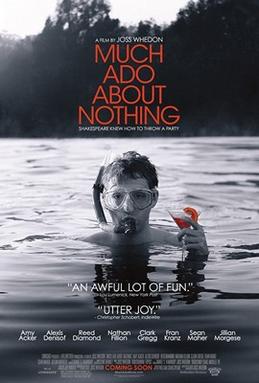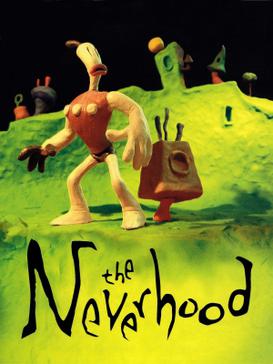In my church group on Fridays we often play Telestrations, Sour Apples to Apples, or Say Anything, which are all very similar games. Over the course of a number of weeks we started combining them into one (so far unnamed) glorious game. The current round's judge takes a Say Anything card and asks one of the five questions on it. The other player's answer the question as if they were playing Say Anything. The judge picks their favorite and least favorite cards. Least favorite spins the Sour Apples to Apples apple. If the apple says you can't talk, that means you have to draw your answer for the next round. If the apple says you play two red cards, then you write down two answers. If the apple says you answer before the green card is played, then you write down an "answer" before any question is asked (boy is this random!). If you need a winner, then the first player to be selected as the best answer five times wins! We typically don't care about winning the game in that group.
Fashioning your own house rules not only makes games more replayable, but it also helps you learn about game design. It'll help you understand some of the game's design decisions. It'll help you see how one small rule change can impact a game. It'll help you figure out why a choice between various game components is a very important choice when creating a game.
It's much harder to have house rules in video games because the various options have to be built into the game. It's not like you can easily take assets or mechanics from one game and use them in another. Options also add to the complexity of the game to the user and to the game balancer. The item options screen in Smash Bros. can look incredibly frightening at first and presumably every one of those item combinations had to be tested to make sure the game was playable with any option set. But putting that much work into the game to give the player options is the closest a game can get to having house rules. If you want a true test of skill, you can turn all the items off. If you want a sword battle, you can just turn on swords. Maybe you want a heavy hitting game, so explosives and baseball bats abound! Adding all of these options essentially lets the players create their own multiplayer modes. I can't think of many online multiplayer games that have a lot of options, but it could just be that negotiating those options/house rules are easier in person?




